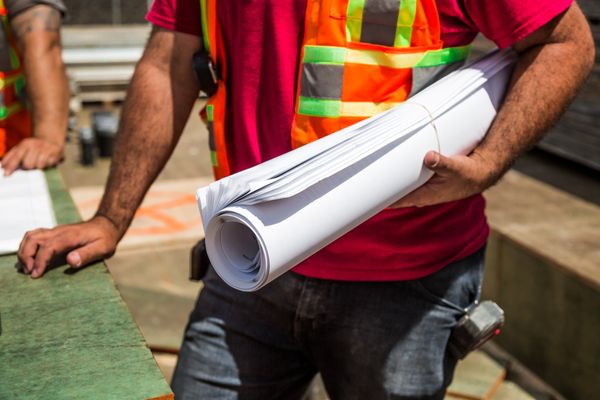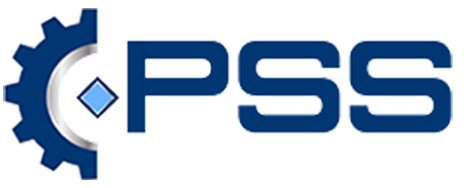The first step in developing or updating a written operating procedure is to ensure that the most knowledgeable people are involved. It has been our experience when starting from scratch, developing the workflow processes for each of the seven operational phases needs to be first. Make sure that steps are provided for each operational phase, even if you do not have temporary operations. The workflow should define the specifics steps, and the order of those steps, with enough detail that a new operator can understand what needs to be done and when. Once the initial workflow has been defined, then send the draft for others to review and provide feedback. In the interim, the next steps are to define the safety systems and their functions. This should be a comprehensive list of all the safety systems, which may include those that are covered in other operating procedures, or you might consider developing a standalone document that is easily accessible by all operators. What needs to be clear is what is the safety system, and how does it function. For example, a facility may have a positive pressure unit (PPU) that is designed to maintain positive air pressure in a control room to mitigate the potential for flammable vapor or toxic material ingress. The PPU is the safety system, and its function is to provide a slightly higher than atmospheric pressure in the room. The PPU utilizes a ventilation system with outside air to achieve the higher pressure in the room. This is just one of many safety systems and functions that must be a part of your operating procedures. In many cases, we see these systems overlooked.

Operating Procedures – Part 2
Ric Hartung
